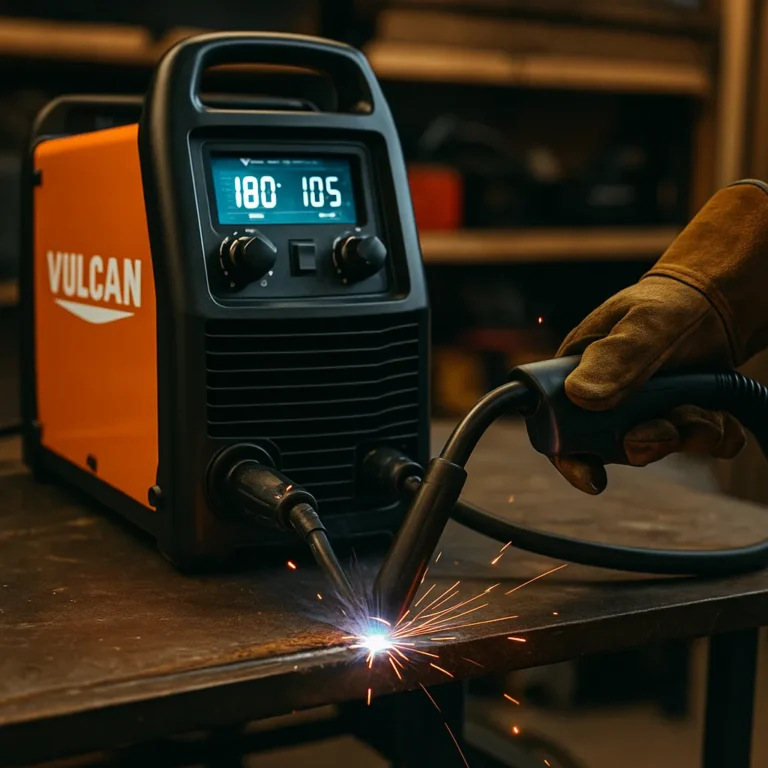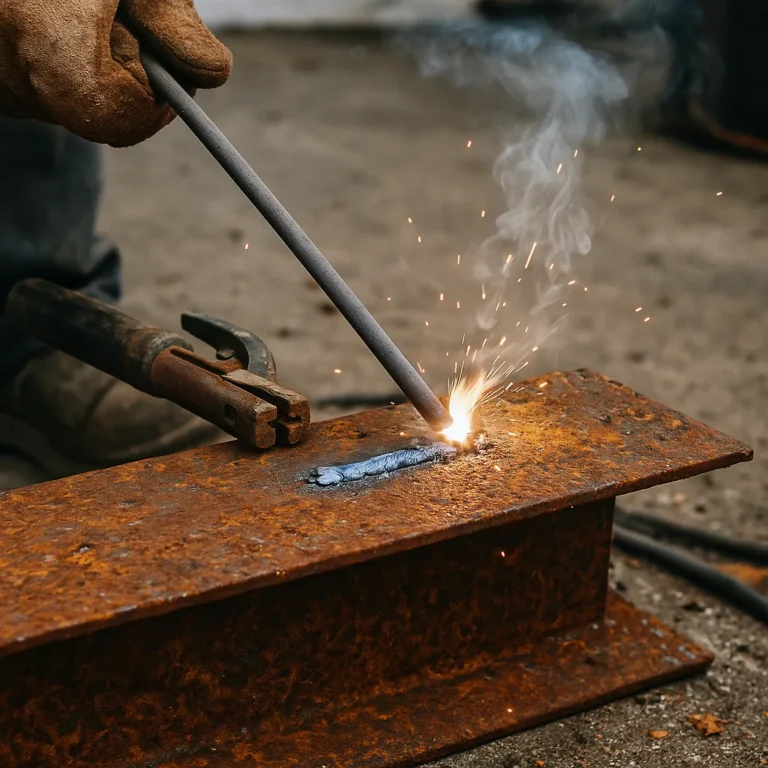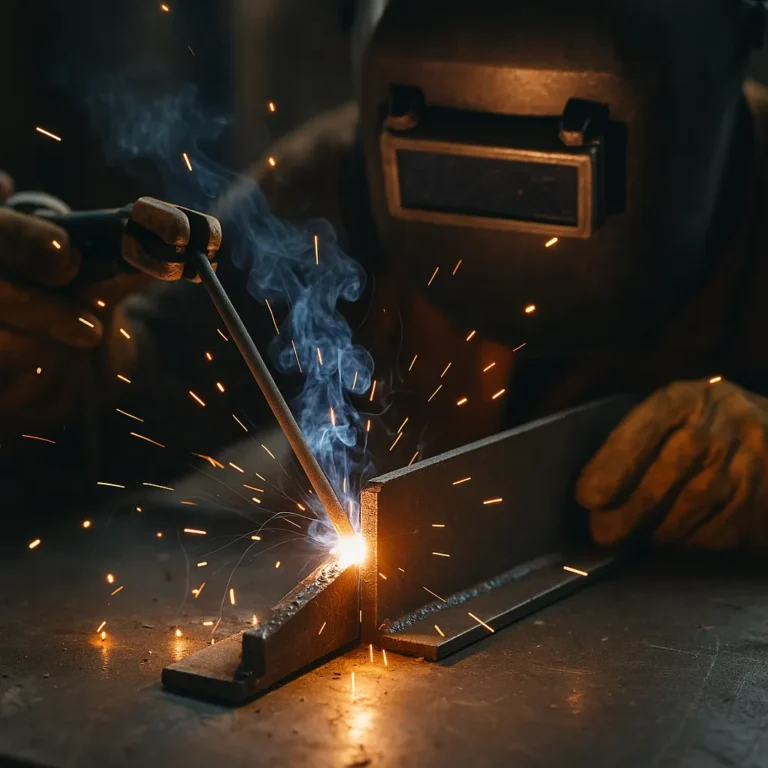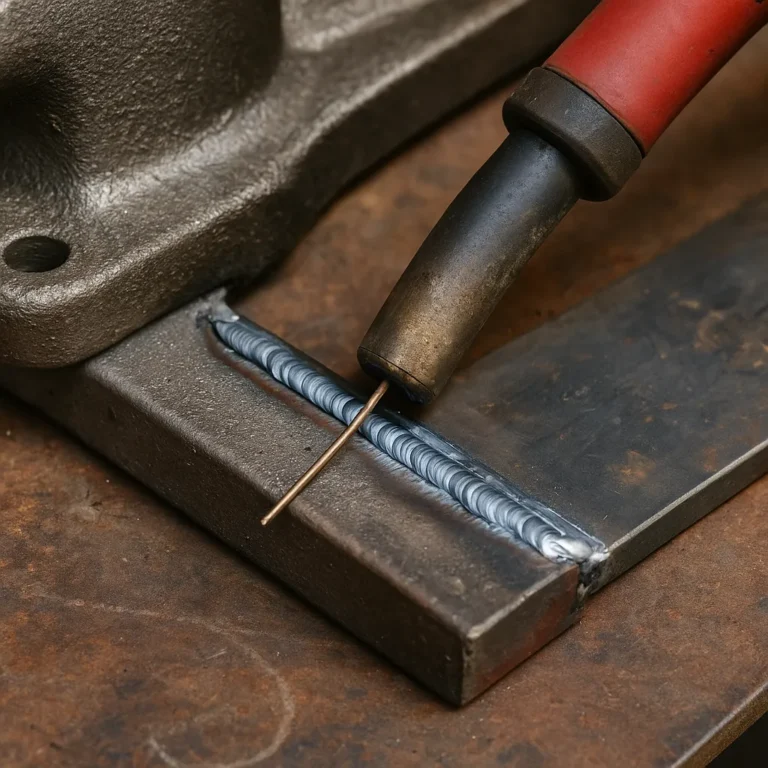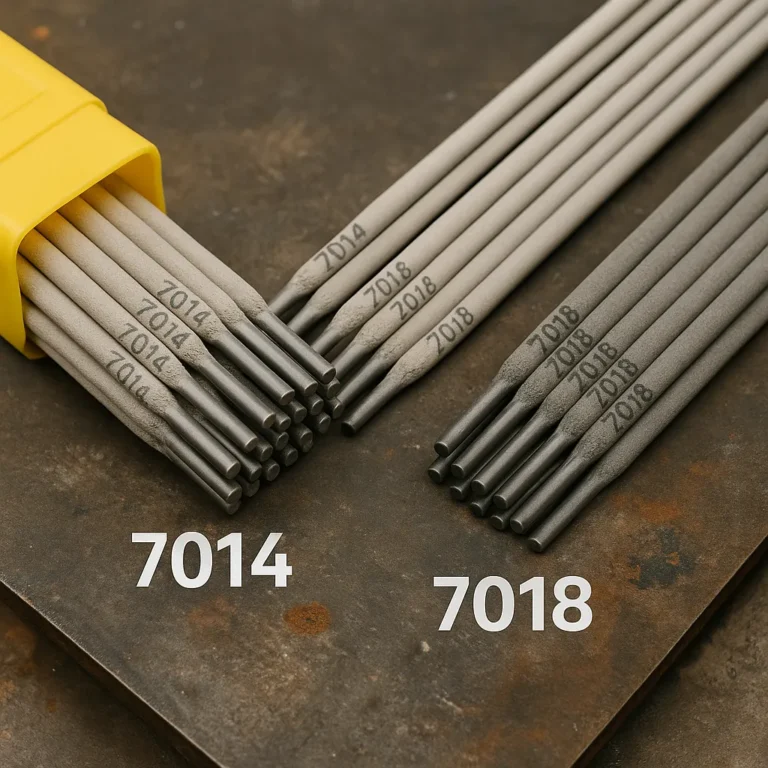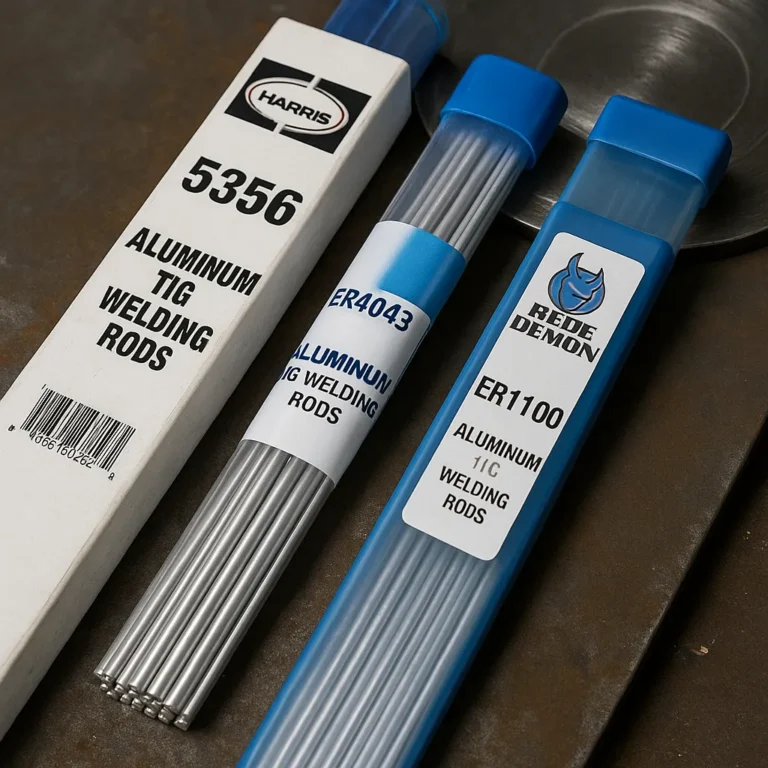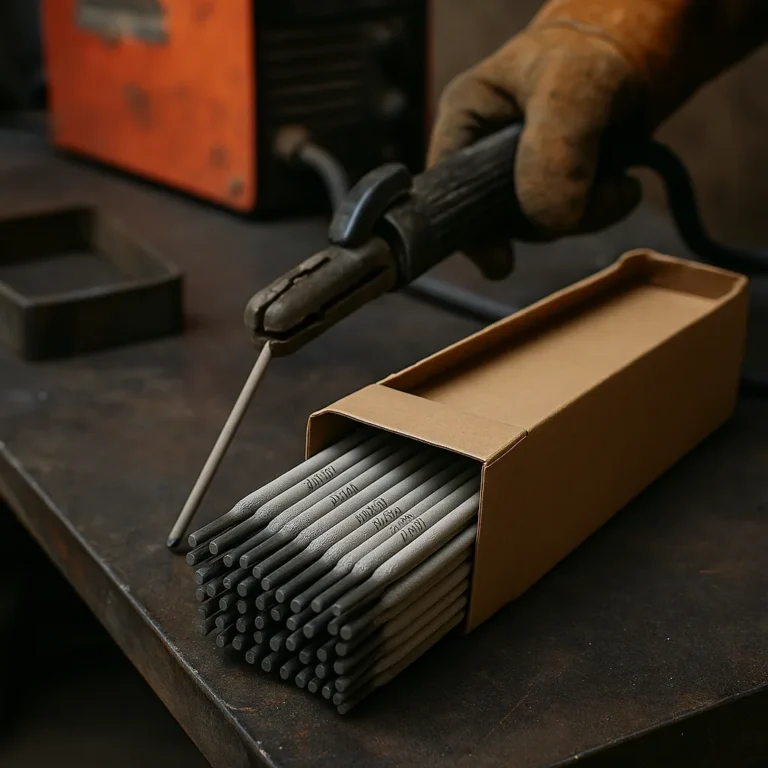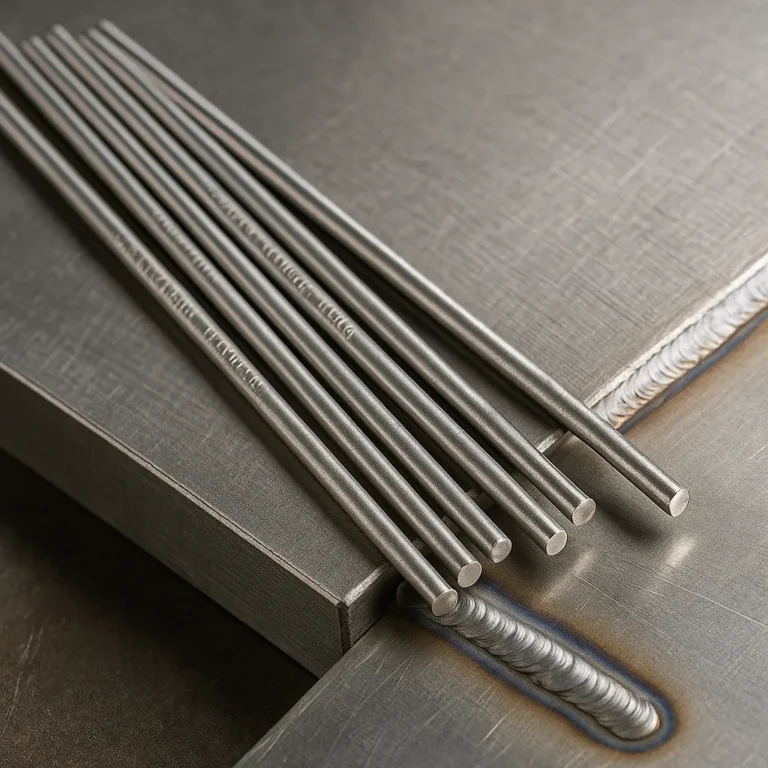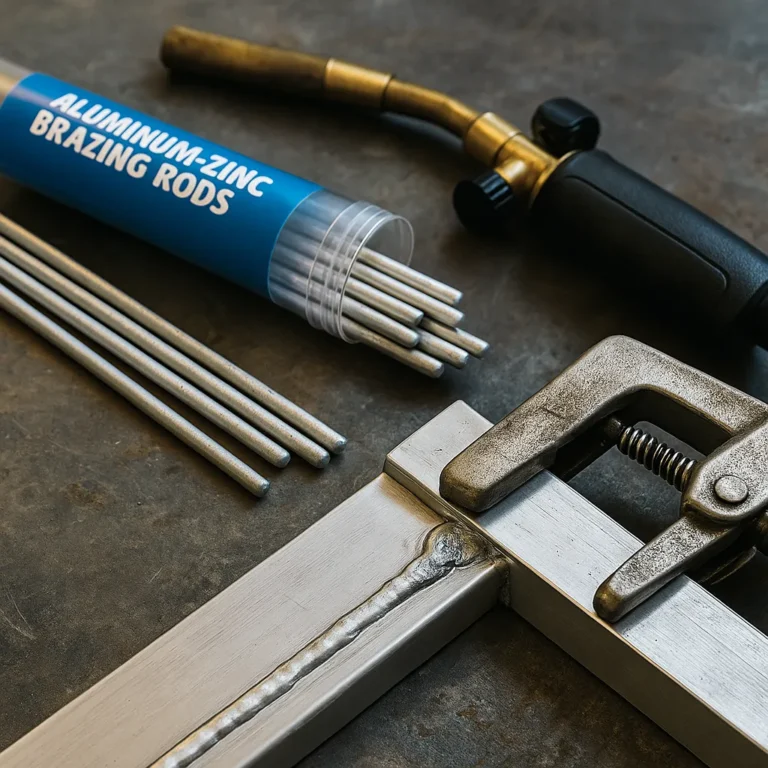Are Vulcan Welders Any Good for Real-World Jobs?
Vulcan welders have built a reputation for offering serious value, especially for folks who want dependable performance without the industrial price tag. If you’ve seen one on the shelf at Harbor Freight and wondered whether it’s worth your money, you’re not alone. These machines are designed for weekend warriors, small-shop fabricators, and anyone who needs…

